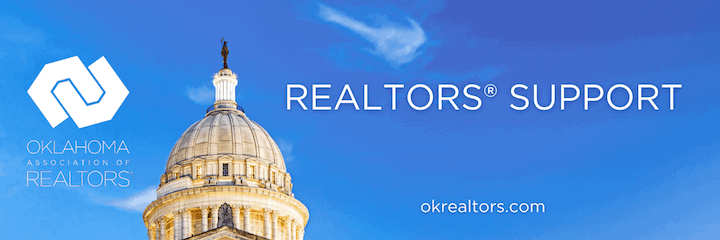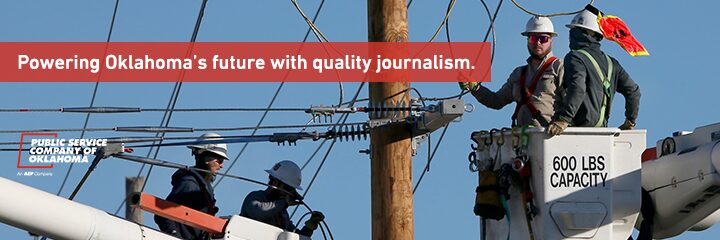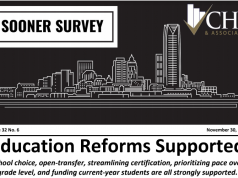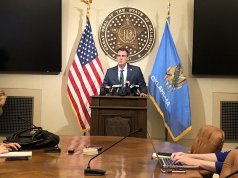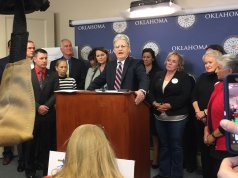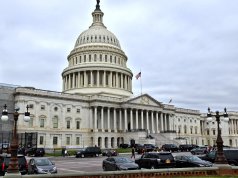
Surely President Obama had more pressing issues on his mind in 2009 than education when he bought into corporate school reform. Surely there were no political motives for filling his Education Department with former Gates Foundation staffers who imposed the foundation’s entire test, sort, reward, and punish agenda. Surely Obama wasn’t just trying to look tough when he endorsed the mass dismissal of teachers in Central Falls, R.I., and across the nation.
The president I love put the testing introduced with No Child Left Behind on steroids. That discredited law only subjected roughly 22 percent of our nation’s classrooms to bubble-in accountability. Obama’s administration subjected nearly 100 percent of teachers and students to some sort of punishment determined by some sort of bogus metric.
For years, I wondered what teachers and their unions did to anger President Obama. During Obama’s tenure as a community organizer in Chicago, did the Chicago Teachers Union not try hard enough to find better ways to serve poor children of color?
As President Obama remained on the sidelines when teachers pushed back against Wisconsin Gov. Scott Walker, I feared that most public-sector union members would stay at home in 2012, electing Mitt Romney by default. It wasn’t until his second term — when Obama continued to fuel union-bashing through the mass closure of schools — that I realized there were bigger, systemic reasons why teachers and students were thrown under the school bus.
Thomas Frank’s Listen, Liberal or Whatever Happened to the Party of the People? explains why “Team Obama joined the fight against teachers unions from day one.” He borrows from David Brooks, who praised Obama for creating a “valedictocracy” — a blend of meritocracy and technocracy — within his administration. It was, and still is, filled with professionals who were a “second hierarchy,” devoted to “credentialed expertise.”
That administration quickly conceded defeat in the battle against economic inequality. Divorced from the realities faced by working people, it acted as if “every big economic problem is really an education problem.”
During Obama’s first term, I could only grimace and shake my head at Arne Duncan’s evidence-free words, “What I believe — and what the president believes — is that the only way to end poverty is through education.” But Frank shows that I missed the bigger picture.
“To the liberal class,” he writes, the idea that education is the cure for economic injustice “is a fixed idea, as open to evidence-based refutation as creationism is to fundamentalists.” The misdiagnosis of what ails working and poor people is “a moral judgment handed down by the successful from the vantage of their own success.” Frank nails the reality that Obama’s stance on inequity is “less a strategy for mitigating inequality than it is a way of rationalizing it.”
In retrospect, it seems obvious that if Obama really believed that education reform provided a step ladder out of poverty, his administration would not have ignored the vast body of social science which explained why his test-driven, competition-driven mandates were doomed. Yes, it gave him multiple chances to sound macho by beating up on loyal Democrats and using the word “accountability” repeatedly. Frank explains, however, that it was the culture of “professional correctness” that justified Obama’s output-driven, market-driven silver bullet known as “corporate reform.” Frank writes:
It was public school teachers who made the most obvious target for professional reprimand by the administration. They are, after all, pointedly different from other highly educated professions. They are represented by trade unions. …and their values of seniority and solidarity conflict with the cult of merit… For years, the school reform movement has worked to replace or weaken teachers’ unions with remedies like standardized testing, charter schools, and tactical deployment of the cadres of Teach for America…
Frank does more than explain why Obama followed the path of Bill Clinton, who appointed a “tight little group of credentialed professionals who dominated his administration.” The Democratic Party includes plenty of “blue state” politicians like Rahm Emanuel, Andrew Cuomo, Jack Markell, and Deval Patrick — all inthrall of the “learning class.”
They “successfully internalized mainstream thinking in their respective disciplines” but remained isolated from the world where most people live. Frank reminds us, “Reform comes from the margins of American life, but marginal is not a term anyone would use to describe the satisfied, conventionally-minded people of the Obama administration.”
On the other hand, President Obama rediscovered his voice after the 2014 election. He now sounds a lot like Frank. Moreover, the new liberals’ neglect of the Democratic base helped give rise to both Bernie Sanders and Donald Trump. If they continue to ignore teachers, unions and workers, who knows what sort of populism will emerge?
Surely it won’t be as patient with the valedictocracy’s arrogance as I have been.
